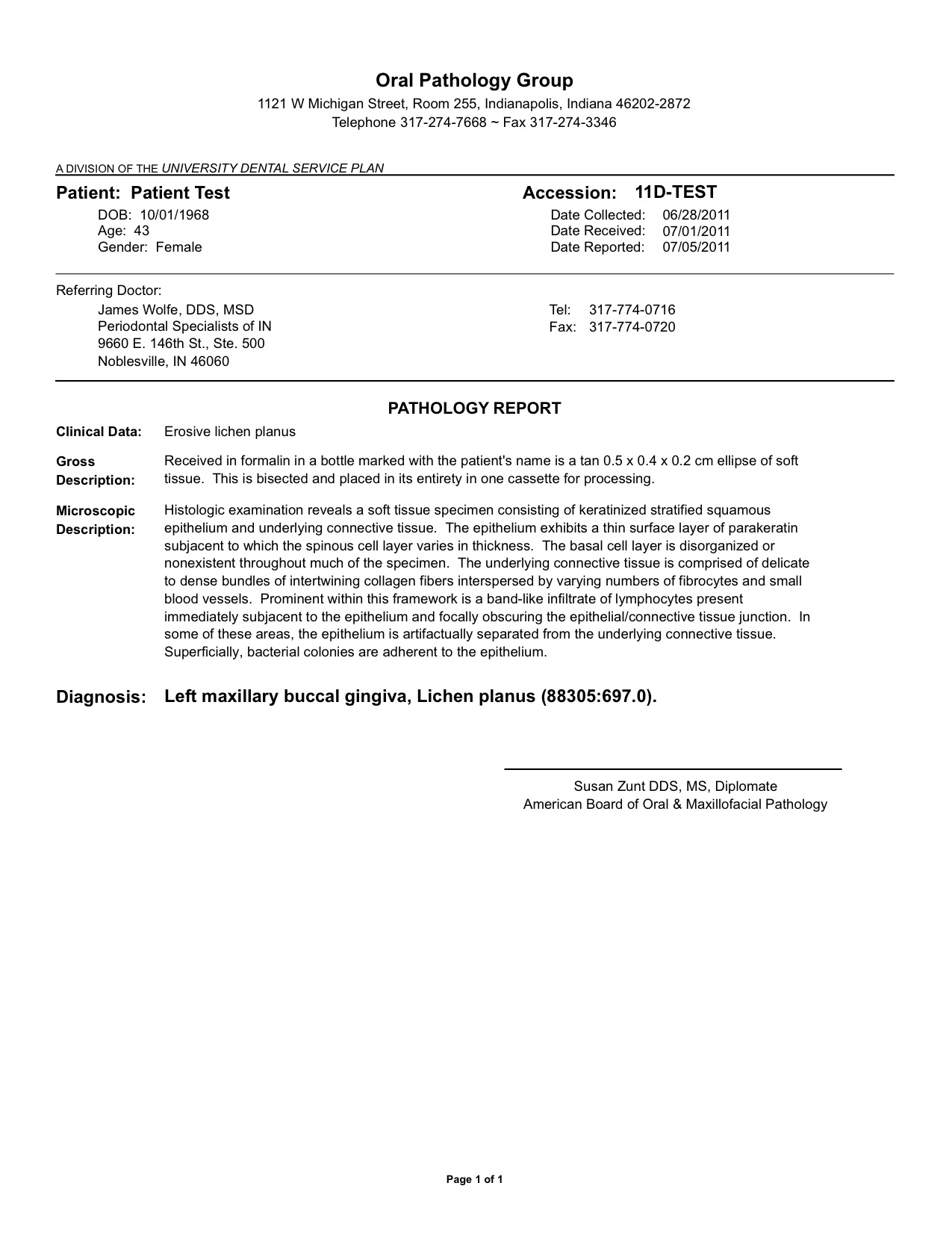

There is no way to return to the specimen and determine the position and size of any lesion, its margins, its relation to neighboring organs, or any other facets about its growth pattern after this time.įor operative specimens, particularly those containing a malignancy, information in the surgical pathology report should describe the extent of the tumor and specific features that relate to prognosis and staging. These are usually larger operative specimens and, after the specimen is examined in the gross state and dissected, it is normally discarded after several weeks.

In contrast, the gross description that the pathologist provides in therapeutic resections may be the most important aspect of the entire report. For some specimens, it is also useful to note whether it is largely blood, mucin, or tissue. Examples of good descriptions are ‘3 ovoid fragments 2 to 4 mm in diameter,’ ‘multiple shreds of tissue 5 cm in aggregate,’ or the exact size given in three dimensions. A good gross description therefore should be precise and brief. Disparity between the findings on a slide and those expected based on the gross description is often the only clue that a slide or block may have been mislabeled. The gross description is important mainly to ensure that what is received in the pathology laboratory and submitted for microscopic examination matches the slides returned from the histology laboratory for the pathologist to examine. Since biopsy specimens tend to be small and without specific gross features, the major pathology resides in the histology. The main purpose of a biopsy is to provide a histologic diagnosis that will guide management.


 0 kommentar(er)
0 kommentar(er)
